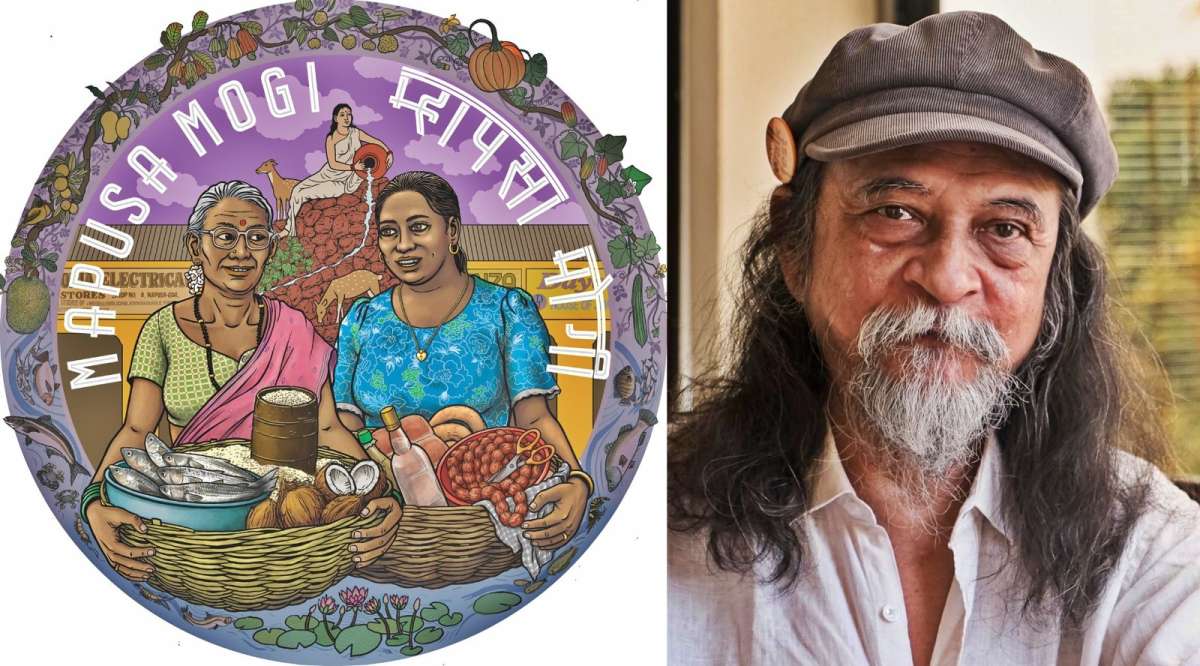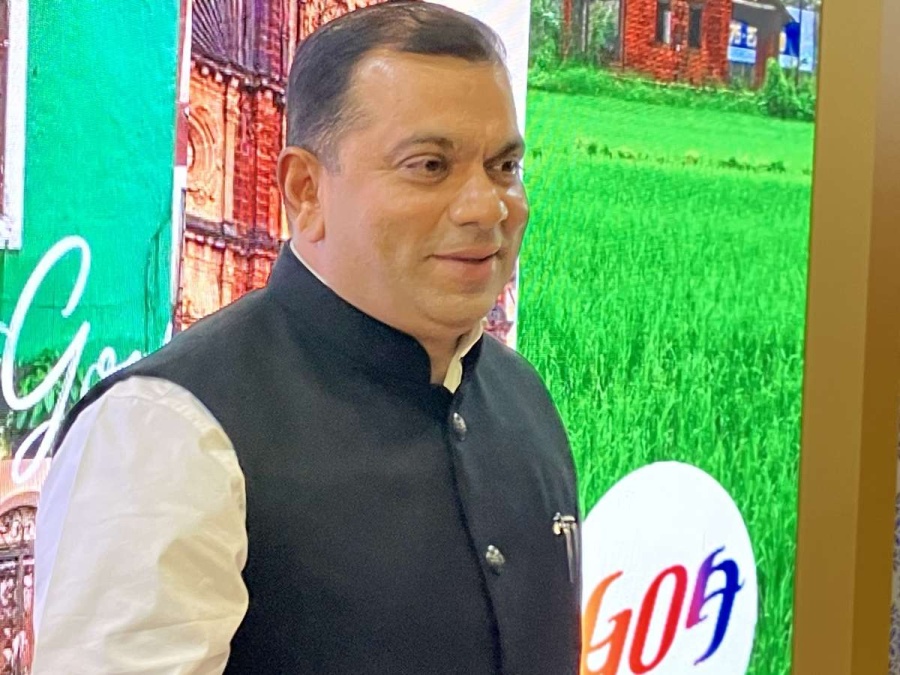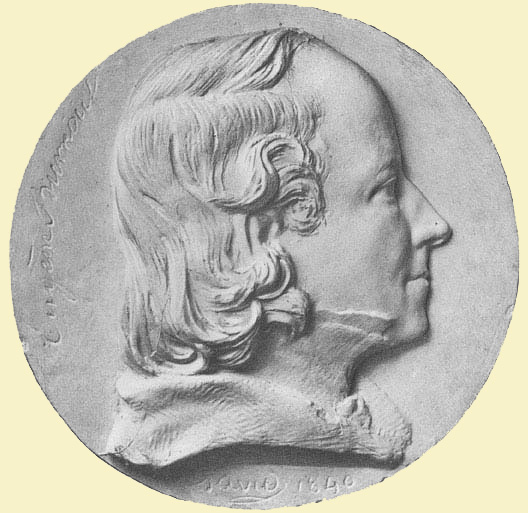No wonder, Goa-based artist Orijit Senis is working on ‘Mapusa Mogi’ (Mogi means lover in Konkani), a ceramic mural 100 metres long and eight metres high located in the parking lot of St. Jerome’s Church that overlooks Mapusa City…writes Sukant Deepak
The Mapusa market in Goa, he says, is more than a place for buying and selling. It is a living museum where through commerce a peculiar culture and lifestyle is preserved — a functioning, living, and breathing town, where history and culture find a space in every nook, and continue to survive and thrive.
“Essentially this is the character of a market town, which is forever changing. At the same time, it never loses the essence of the past — traditional skills, occupations, artisanal products as well as food products, which fascinate me no end,” he says.
No wonder, Goa-based artist Orijit Senis is working on ‘Mapusa Mogi’ (Mogi means lover in Konkani), a ceramic mural 100 metres long and eight metres high located in the parking lot of St. Jerome’s Church that overlooks Mapusa City.
Remembering his frequent visits to Mapusa when he settled in Goa 25 years back, the artist who received a grant for the project also thanked the church authorities.
“They did not impose any conditions. The artwork will have a secular character, reflecting the diversity and syncretic culture of Goa,” Sen says.
In fact, Sen, credited for the first Indian graphic novel, ‘River of Stories’ (1994), noticed the artistic potential of the wall decades back when it came up, and would always imagine doing a mural on it.
“I love Mupasa for various reasons. It is a trading town that has certain peculiarities specific to its history. It was a hub of trade and market from before the time of the Portuguese invasion. Mapusa does not overtly care about public art as such, unlike Panjim which is a self-consciously projected space of art and culture and hosts film and art festivals.
“I always thought that working on this wall could give this commercial town a very different feel. I started thinking about it, and then got in touch with my old friends Claude and Norma Alvares, who run the Goa Foundation. They have been very supportive right from the start,” says the NID Ahmedabad pass-out.
Stressing that Mapusa has always been a democratic space, with people coming from all over and practising their trade, Sen says this project demanded meticulous research.
This meant putting together a team of artists and researchers headed by his wife Gurpreet Sidhu.
While the artist worked with Goa University for a long time on documenting Mapusa, the research work for the project delves into the town’s past and present.
“Although I have a background with it, I wanted to go deeper into Mapusa town as a whole. Earlier, my focus was on the town’s market specifically, or rather a section of it known as the municipal market. But now I want to expand it. After all, the market exists within a context. And the context is what defines how the market has evolved and continues to do so,” he asserts.
Sen and his team of young Goan artists have been drawing and documenting the architecture, human activity, festivals, and other aspects of the city intensively — but even as they document the present and research the past, they are also projecting ideas for the future.
An important aspect of the Mapusa Mogi project is to provide a platform for local artists to showcase their talents.
“We are also brainstorming with school and college students through carefully designed workshops — and asking them how they see Mapusa in the future. Many pointed out the lack of playgrounds. So together we came up with the idea of rooftop playgrounds. In the mural, you will see a familiar landmark of the market, and just next to it something very unfamiliar — a vision from the future,” he says.
Talk to him about the huge influx of people from across the country who now call Goa home, Sen feels it has both a good and negative side to it. He also feels it is putting a strain on the natural resources and infrastructure of the coastal state.
“When we moved here, we were conscious and aware of the local culture and integrated ourselves into their way of life instead of imposing our ‘city-bred’ lifestyles. Now, newcomers are constructing big villas that encroach on ecologically sensitive zones, making private swimming pools, driving SUVs on narrow village roads…They have driven property prices so high that locals often cannot afford to buy them now,” Sen says.
“Of course, there are those who have come from other places and are concerned about what is going on, as they have come from cities where they experienced the effects of the so-called development. They are anxious to prevent the same from happening in Goa, and are attempting to bring in new, more sustainable solutions as well,” concludes the artist who made the famous 75-metre-long mural at the Virasat-e-Khalsa Museum in Anandpur Sahib in Punjab.
ALSO READ-Santanu and Sunita Dinda’s Artistic Ode to Indianness













